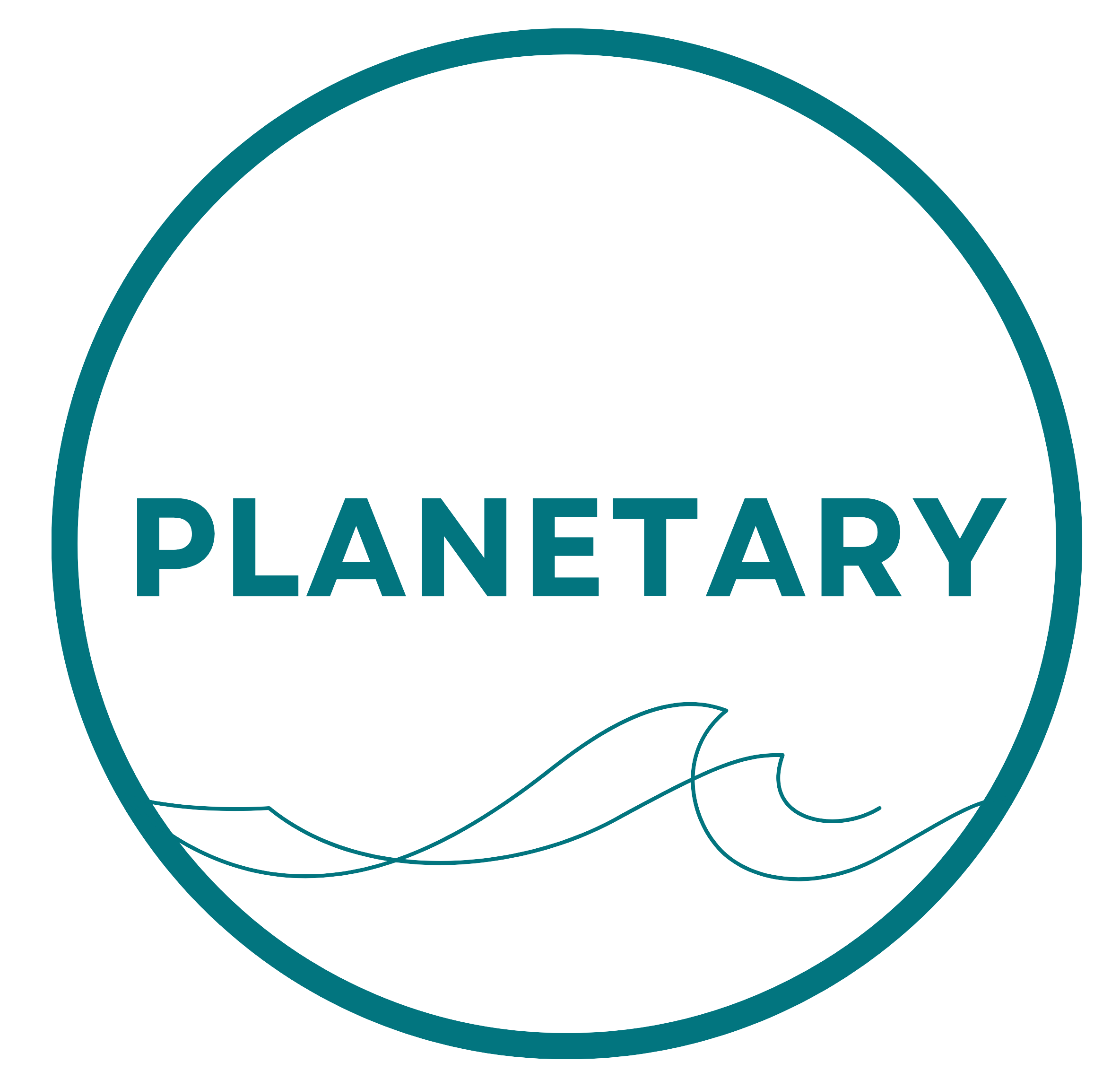The final stage of an OAE project is quantifying the net amount of carbon dioxide a project has removed.
Accurate measurements of carbon removal allow project developers to refine their projects over time and allow third-party carbon registries to issue carbon credits for removal activities.
Carbon Credits
MRV
Planetary’s MRV, or Monitoring, Reporting, and Verification protocol, describes our processes for measuring both total carbon removal and the lifetime carbon cost of running the project.
The published MRV contains a standardised set of methodologies for our quantification process, and was developed to ensure that our net carbon removal estimates are accurate, unbiased, and as precise as possible. The document also discusses our processes for assessing ecological impacts.
Planetary’s OAE MRV protocol, one of the first created for marine CDR projects, was developed in the first half of 2022. It was reviewed by independent experts and accepted by our customer Shopify in order order to issue credits against their August 2022 purchase.
We are working with Isometric, an independent carbon removal registry, to continue to refine our OAE protocol. We published Version 2.0 of our protocol in February of 2023, and Version 3.0 is currently under review and accepting comments. Isometric is developing its own complete protocol under which any OAE project will be able to issue credits.
To honor our commitment to transparency, past versions of the Planetary MRV protocol remain available at the GitHub Repository. We invite your participation in refining OAE MRV concepts and adding to discussions and debates around the MRV.
All community members can submit questions and comments about Planetary’s MRV through GitHub or by email to PlanetaryMRVFeedback@planetarytech.com.
Access the current version of the MRV

Information obtained through our monitoring is
fed into ocean models and specialised software
to calculate carbon removals.
Holdback Factor
Planetary uses a holdback factor to accommodate project uncertainties without overestimating the amount of carbon a project removes.
As ocean models and the science surrounding MRV are still developing, early-stage projects are conservative in claims of carbon removal. A holdback factor reduces the claimed carbon removal to reflect the uncertainty of a project, providing a confidence buffer in project carbon removal estimate.
For instance: if a project is determined to have an appropriate holdback factor of 15%, project operators will subtract that percentage from “net carbon removed” calculations.
As the confidence in our removal increases, we will reduce the holdback factor for that project and we will retroactively issue credits for carbon removals that were withheld. The holdback factor prevents overestimations of the amount of carbon removed.
The initial holdback factor is determined by the total amount of uncertainty present in our measurements throughout the project’s lifecycle, and the factor is reduced as uncertainty decreases.
The criteria for determining and reducing our holdback factor can be viewed in Planetary’s MRV document.

